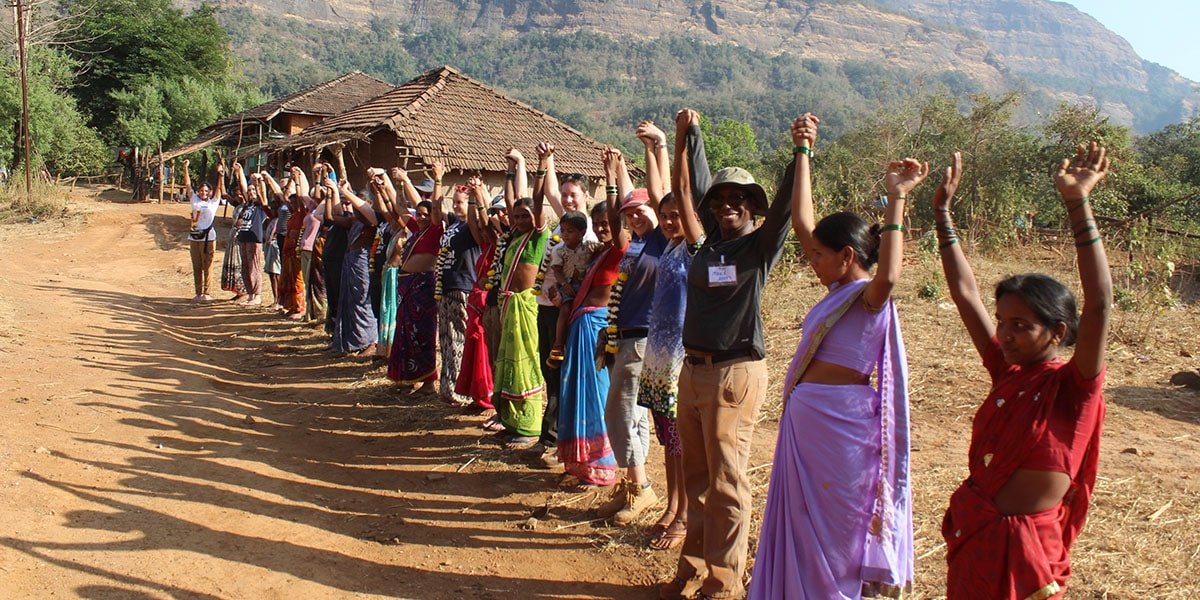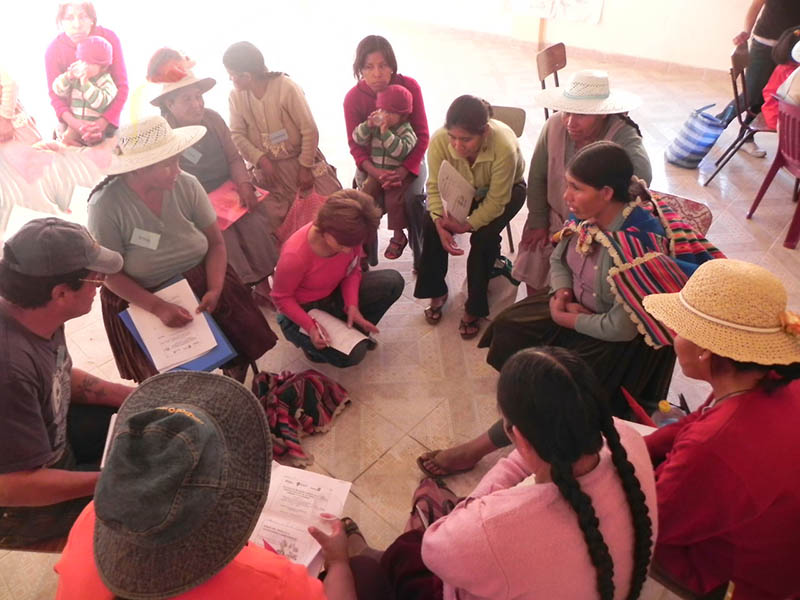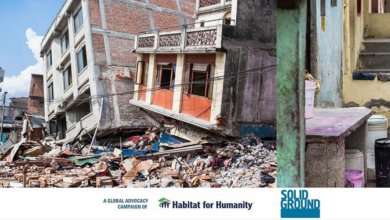

Secure land rights for women are a primary issue in the developing world. Living without the constant fear of eviction or property theft is closely tied to meeting other basic needs, including economic survival, social empowerment, and the health and well-being of individuals and the planet.
This essential nature of secure land rights and the intersection with so many other issues presents a substantial development opportunity: ensuring women’s ability to access secure land rights will help realize myriad other development goals.
The following recommendations offer ways to ensure more secure land rights for women, involving women in collaborative decision-making and planning processes, educating local leaders, using community-mapping models, ensuring that donors consider gender-specific issues and incorporating women’s access to secure land rights into international documents and forums.
We highlight many known solutions to reform women’s access to secure land rights while also leaving room for women and men to create new and innovative solutions from the community level to the national level. For individual women, control over land is the most stable means of economic and social empowerment, and land offers ways for women to improve not only their own lives, but also the lives of their families and their communities. When women thrive, their families and communities thrive.
Improving women’s rights around the world

1. Women should be an integral part of decision-making, planning and governance around issues of secure land rights.
At the local or community level, engaging women in the decision-making and planning processes is crucial. As a result, women in the community have the greatest understanding of their own needs, and many of these women already have developed innovative strategies to address other challenges in their daily lives, from securing food for their families and finding adequate access to water and sanitation, to protecting their homes.
Because of their deep understanding of their own needs and communities, these women are uniquely positioned to craft local solutions. For the same reasons, women should be involved in developing provincial- or national-level solutions and should have a voice and representation in institutions leading and influencing land use governance. Ideally, any decision-making process around secure land rights should be a collaborative process that engages men and women.
2. Recognize that secure land rights exist on a continuum. Secure land rights are not one-size-fits all.
They can come in a variety of forms along a continuum from short-term to permanent. Secure land rights can include rental contracts, formal title and formal recognition of customary rights. As land rights increase, both in perception and in reality, on the way to full legal rights, women are able to gradually feel more confident in the security of their homes and their ability to invest in their homes, communities and families.
Although full titles are not necessary in every context, national and local laws must create a framework for granting sufficient tenure security.
3. Education and training for community, customary and religious leaders is crucial.
Community, customary and religious leaders play vital roles in decision-making processes at the local level. These leaders, who in many communities are almost exclusively men, must be educated and trained on the importance of reforming women’s land rights, existing legal protections and rights for women, and how to lead collaborative decision-making that engages both women and men.
4. Agencies granting and lending money for development should incorporate gender-specific strategies into their work.
Sound policies at financial institutions can go a long way toward ensuring equal land rights and financial well-being. For example, the Millennium Challenge Corp., a development agency of the U.S. government, has a gender policy that applies to any program funded by the agency through a Millennium Challenge Compact. The policy requires that countries eligible for receiving MCC funding analyse gender differences and inequalities to inform the development, design, implementation, monitoring and evaluation of their programs.
5. Collect and make accessible gender-disaggregated data on landownership and the use and control of land.
Publicly accessible data on landownership and land tenure that is disaggregated by gender is essential to ensure more informed decision-making. The current lack of gender-disaggregated data and robust studies using this data is a major obstacle to influencing decision-making. The availability of such data is key to convincing decision-makers of the challenges of women’s access to secure land rights. Making the data widely accessible would allow civil society to study and use the data in advocating for smart programs and policies. Gender-disaggregated data can be used to identify geographical areas where women lack secure land rights and can allow for innovation and investment in those areas.
6. Habitat III, the United Nations Conference on Housing and Sustainable Urban Development in October 2016, should produce actionable plans on increasing secure land rights for women around the world.
Habitat III, one of the first global summits after the adoption of the Sustainable Development Goals, will focus on the need for sustainable human settlements during a time of rapid urbanization in the developing world. Conference attendees, including representatives of U.N. member states, civil society, regional and local governments, academia, donors, and the private sector, should take advantage of this key opportunity to produce concrete, actionable steps toward securing land rights for women in the developing world.
7. Gender-sensitive community-mapping programs are proven solutions for ensuring more secure land rights and should be integrated into national, provincial and local policies and planning processes.
Most developing countries have less than 30 percent coverage of a formal land rights system. Reforming a formal land administration system can require substantial changes and significant time. Community-mapping processes, which recognize “social tenure” of properties, can be an important way to gain community recognition at the city level. It can also advocate for investments in public infrastructure, clarify and negotiate internal claims and tenure conditions, fill the gaps in the formal system, and provide a step in the continuum of rights from informal to full, legal rights.





Comments